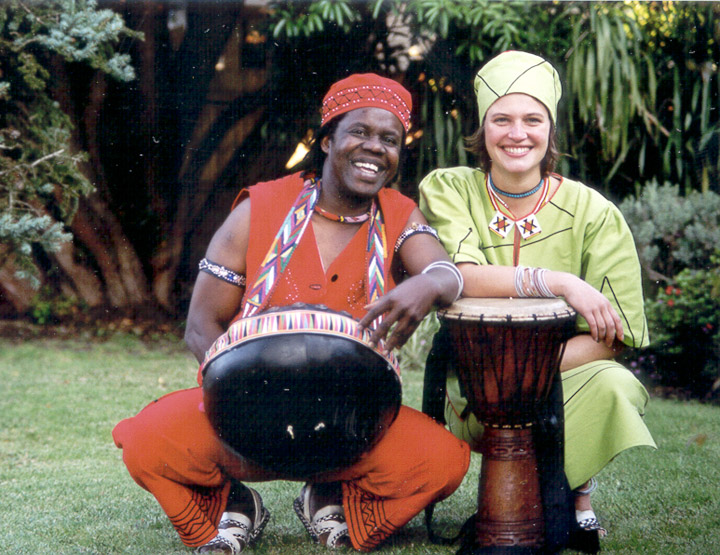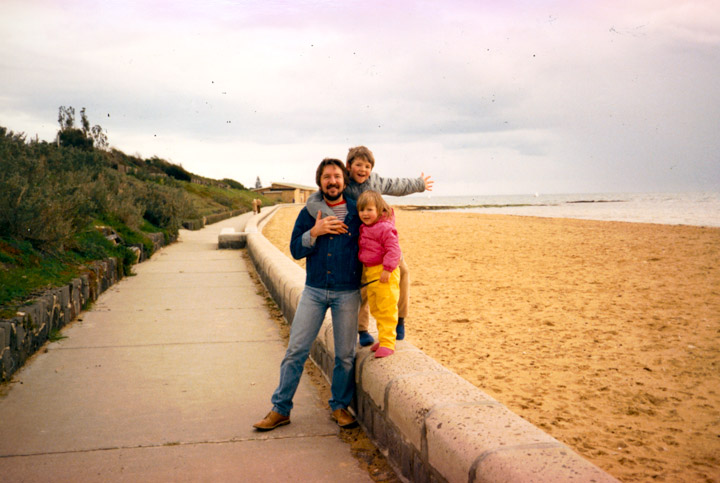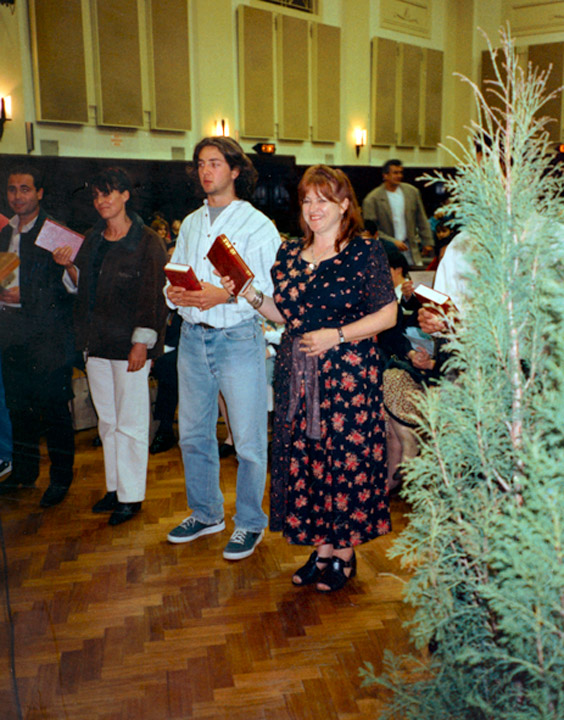Immigration History from South Africa (Afrikaans) to Victoria
Sedert die dae van kolonialisasie was daar sterk bande tussen Suid-Afrika en Australië. Die goudstormlope van die 1850’s het Suid-Afrikaanse goudprospekteerders na Victoria aangelok, en die ontdekking van goud in Transvaal in 1866 het die vloei omgekeer, met prospekteerders wat Victoria vir Suid-Afrika verlaat het. Sommige Victoriaanse soldate het ook in Suid-Afrika aan die einde van die Anglo Boereoorlog van 1899-1902 agtergebly. Teen 1911, toe die Australiese sensus vir die eerste keer Suid-Afrikaaners op rekord gestel het, was daar 754 wat in Victoria woonagtig was.
Die gemeenskap het toegeneem tot 1921, toe 1,672 mense op rekord gestel is. Hierdie getal het stabiel gebly vir die volgende veertig jaar, tot die beleid van rasseskeiding – bekend as apartheid – toenemende sosiale onrus in Suid-Afrika veroorsaak het. Baie mense, in besonder blanke Suid-Afrikaners, het ‘n nuwe lewe op ‘n ander plek gesoek en het aangetrokke tot Australië met sy soortgelyke klimaat en taal gevoel.
Teen 1971 het daar 3,075 Suid-Afrikaanse gebore mense in Victoria gewoon, meeste van hulle van Europese afkoms. Na die Soweto onluste van 1976 het die gemeenskap meer as verdubbel in vyf jaar. Hierdie toename het voortgegaan, ten spyte van die afbreking van apartheid deur Nelson Mandela in 1994, toe die eerste veelrassige verkiesings in Suid-Afrika gehou is.
In 2011 het daar 24,447 mense van Suid-Afrikaanse afkoms in Victoria gewoon – wat Victoria die vierde grootste populasie van Suid-Afrikaans gebore mense gegee het na Western Australia. Een in ses was Joods; 605 was Christelik.
Die meerderheid van die Suid-Afrikaans gebore immigrante vandag in Victoria is Engelssprekend. Die meerderheid van die gemeenskap is welopgevoed, met sommige akademici. Die meeste woon in stedelike gebiede, gekonsentreerd in die plaaslike gebiedsowerhede van Glen Eira en Manningham.
Die gemeenskapslewe word verryk met organisasies soos die Suid-Afrikaans Australiese Vereeniging, wie talle gemeenskapsfunksies elke jaar hou en ook ‘n jeuggroep het.




